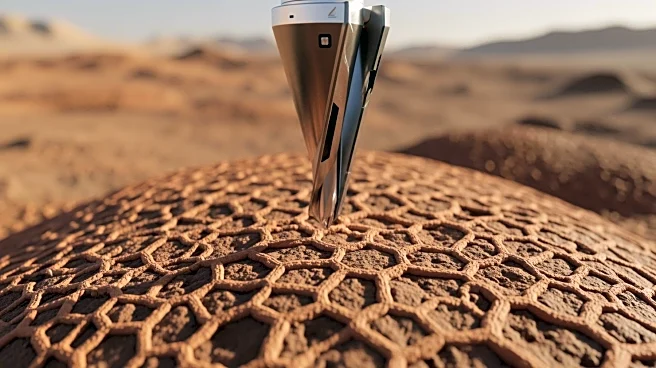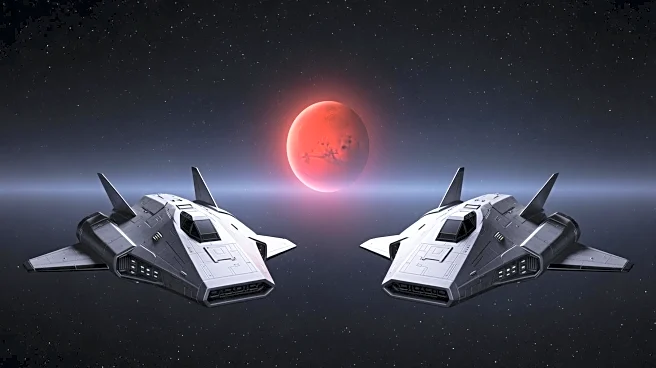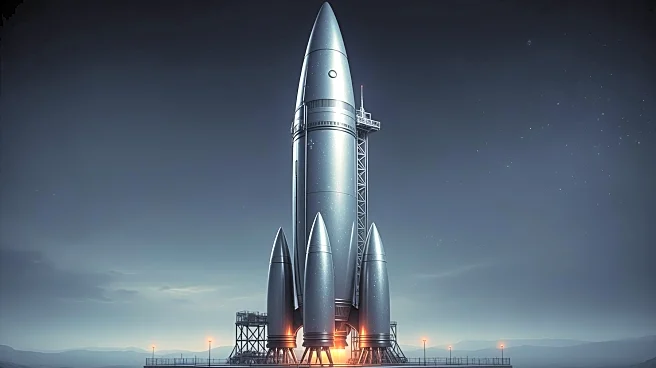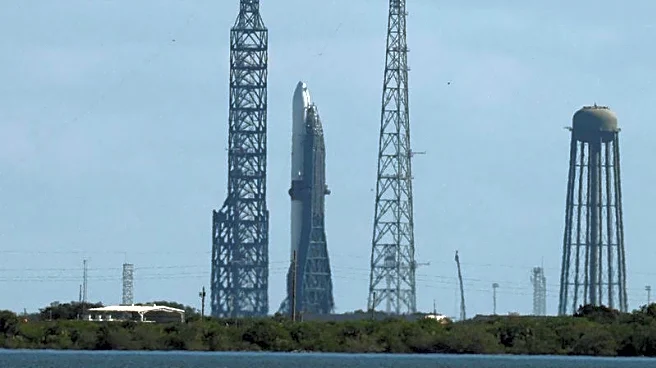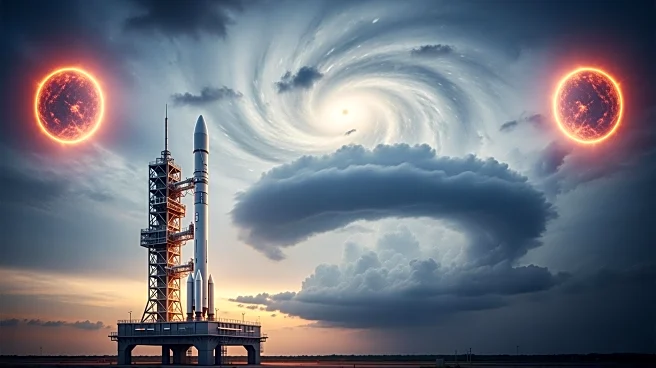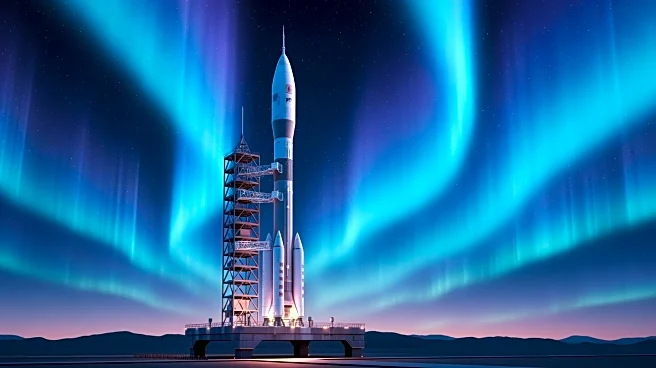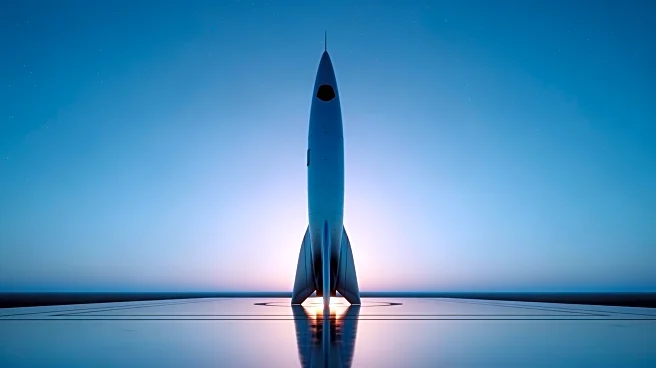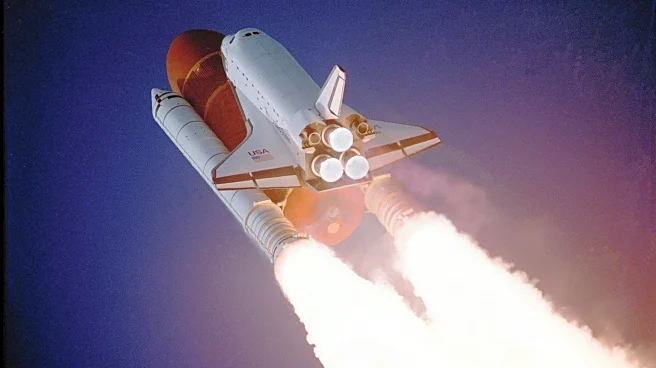What's Happening?
NASA's Curiosity rover has initiated drilling operations in the 'Valle de la Luna' block within the 'Monte Grande' hollow on Mars. This marks a significant step in the rover's exploration of the boxwork
unit, a geological formation characterized by ridges and hollows. The drilling process involves a multi-instrument approach, including assessments of the site's chemistry using APXS and ChemCam, and pre-load tests to evaluate the rock's response to drilling. The rover has successfully identified a suitable drilling location, overcoming challenges posed by sand and pebbles covering the bedrock. The mission aims to gather detailed mineralogical and compositional data to enhance understanding of Mars' geological history.
Why It's Important?
The drilling operation is crucial for advancing scientific knowledge about Mars' geological features and history. By analyzing the drilled samples, scientists can gain insights into the planet's past environmental conditions and potential for life. The data collected will help interpret previous findings from APXS and ChemCam, contributing to a comprehensive understanding of the boxwork structures. This mission supports broader goals of Mars exploration, including preparation for future human missions by providing essential information about the planet's surface and atmosphere.
What's Next?
Following the successful drilling, Curiosity will focus on analyzing the samples using CheMin and SAM instruments, which will provide deeper insights into the mineralogy and composition of the boxwork unit. The rover will remain stationary during the drill campaign, allowing for detailed atmospheric monitoring and imaging of the surrounding area. Future plans include selecting a second drill target on the ridges adjacent to the current site, which will further enhance understanding of the geological processes that formed these structures.
